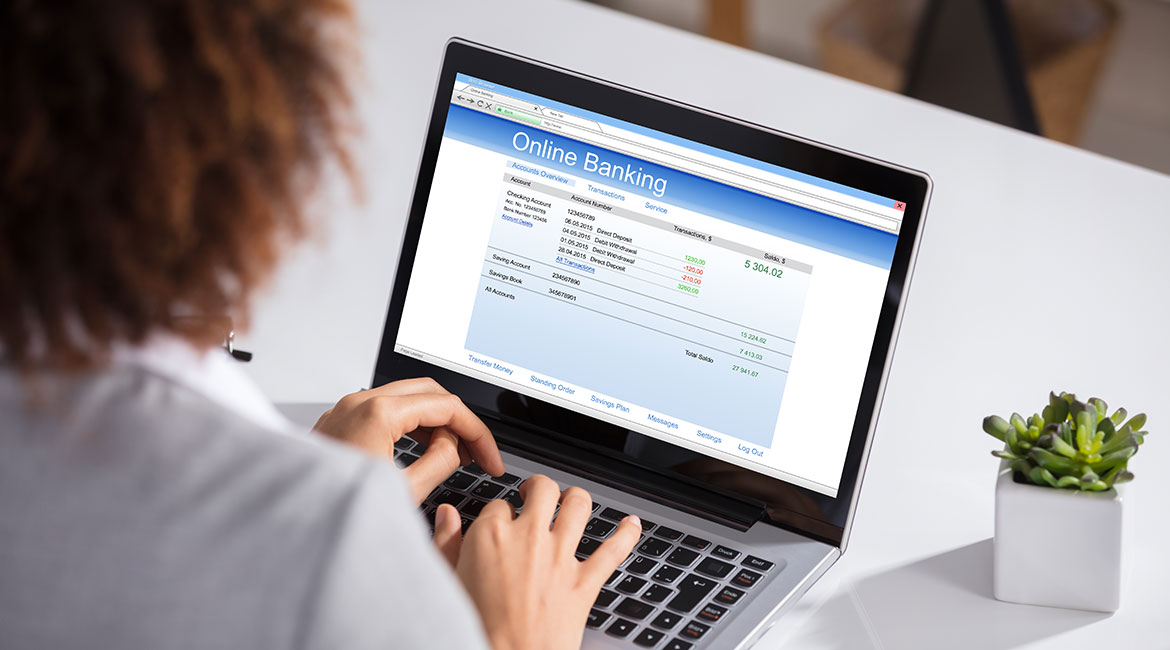At first glance, a $100,000 bank balance in a business looks pretty good! It appears you can purchase almost anything you want – new furniture, a company vehicle, or take the staff golfing for an afternoon.
But, what if in addition to the $100,000 bank balance, there is also:
- A $45,000 supplier payment due in 10 days
- A $10,000 GST instalment due in two weeks
- A $20,000 payroll run on Friday
- And how did the credit card balance creep up to $15,000?
Suddenly, the bank balance doesn’t look so healthy.
Cash is king in any business, but your bank balance is not an accurate snapshot of the cash you can spend.
To understand your cash, you must also understand payables, receivables, assets, and liabilities.
- Payables: Bills to pay
- Receivables: Customer payments you haven’t collected yet.
- Liabilities: Money you owe in bills, loans and taxes.
- Assets: Money owed to you, or what you can sell.
Payables are one type of liability. Receivables are one type of asset.
If your bookkeeping is up to date, you can pull reports to see your financial health. Start by looking at Accounts Receivable, Accounts Payable, and tax balance reports. By looking at the bigger picture, you’ll be able to make more responsible choices with the cash you see in your bank account.
Also, consider using a cash flow tool to manage your cash. A cash flow tool helps you look at your future bank balance rather than just today’s, which is a more effective way to run your business than signing in to your bank account. You can add payables and receivables into a cash flow calendar. It offers visual cues indicating the ins and outs of your cash flow, and it will notify you when you fall short on cash.
The bottom line is that your bank balance can be deceiving, so on its own it’s not an accurate picture of what you can spend.
Running your business by your bank balance can get you into trouble if you’re not considering the full picture.

